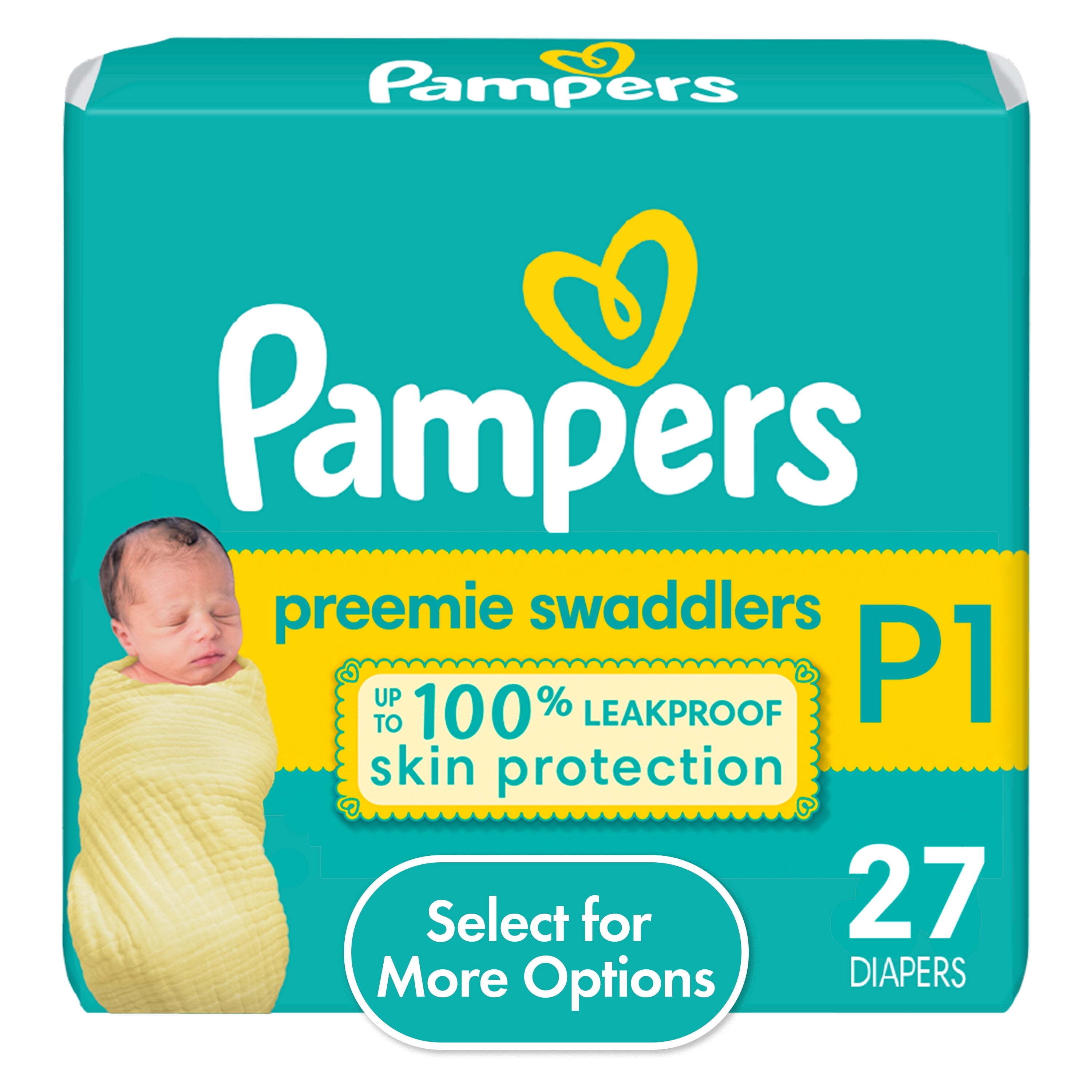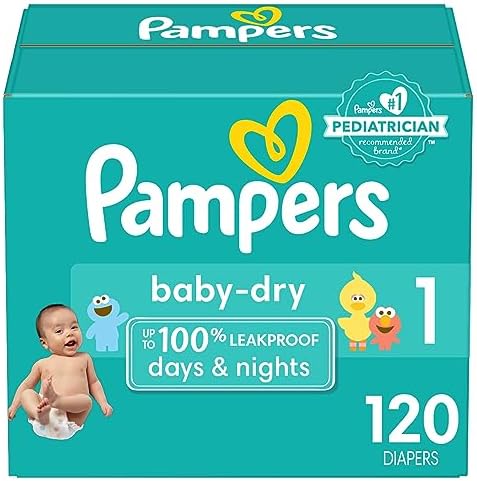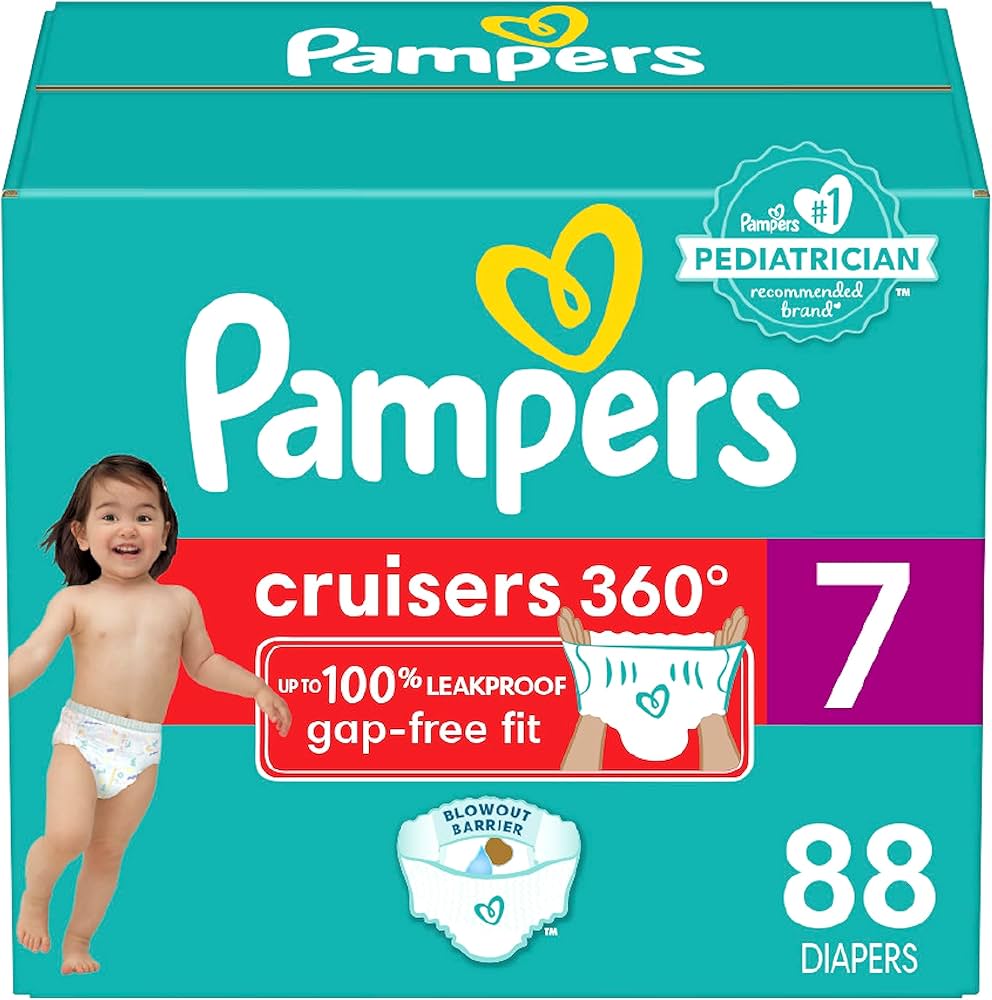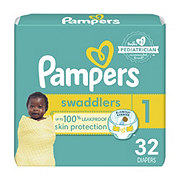PAHs are a family of toxicants that are ubiquitous in the environment. Seven Decades of Disposable Diapers. For a long time, the kind of insecurity that faced parents like Viridiana Montero in San Diego was understood best by the people who run and use diaper banks. The Wintrop Group, Inc. Absorbed PAHs are distributed in the whole body and especially in lipid-rich organs. Diapers contain a variety of plastics, adhesives, glues, elastics and lubricants, some of which can cause irritation. Pastor Virgil Ward, who runs the diaper bank where Montero goes, said these families make up most of his clients. Fitzgerald, Academic Editor. As a result, diaper manufacturers are not obligated by law to disclose the component parts of their diapers — via documents such as material safety data sheets — even though in many cases they share the same ingredients as cosmetics and personal-care products, which do list their ingredients. It is our duty to protect them from potentially lifelong damage through harmful substances in nappies. Your email address you mail. Once our suppliers are thoroughly evaluated and approved, our safety experts dig below the surface. In animals, like in humans, the sites of tumors induced by PAHs are largely determined by the route of exposure.


Why is the EU so slow and reluctant in taking action to protect them? Article duration. By using this website you agree to our Data Protection Policy. Health A. The procedures for the extraction with an organic solvent were not described in the ANSES report for confidentiality reasons [ 7 ]. With preventive measures implemented at workplace, SCC has become a very rare cancer with a steady incidence rate through the 20th century.
More from HPH
Felter S. Levine H. With preventive measures implemented at workplace, SCC has become a very rare cancer with a steady incidence rate through the 20th century. Updated January 22, Having safe product begins with using only safe raw materials. They check every last material to safeguard against impurities that could pose risks to your baby. The risk assessment in Table 8 is flawed due to two major failures. Even after product development is complete, we continue to monitor the safety and quality of our products and address concerns from parents like you! Once our suppliers are thoroughly evaluated and approved, our safety experts dig below the surface. Filed Under.
Babies exposed to highly toxic nappies face severe disease threat later in life
- Science Disposable diapers: Are they dangerous?
- Similarly low concentrations were found in the non-absorbent parts of the diapers, the most potent PAHs even being undetectable in most cases.
- Exposure data.
Federal government websites often end in. The site is secure. Concentrations of chemical substances in diapers used in this review can be found in the ANSES report in French [ 7 ]. The levels of formaldehyde and some fragrances were also considered potentially unsafe. Therefore, ANSES concluded that actions have to be taken to restrict levels of these contaminants in diapers. The aim of this study was to examine whether the exposure and risk assessment conducted by ANSES contained potential flaws that could explain such a high exceedance of health reference values. Disposable diapers have improved the quality of life of babies and of their caregivers so much that today having access to diapers has become a basic need. Diapers are made of several layers of materials with different functional properties. The core of diapers contains superabsorbent materials that absorb and retain the urine, keeping the skin dry and clean. Modern diapers offer health benefits by reducing the risks of diaper dermatitis, which is one of the most common skin diseases during infancy [ 1 , 2 ]. The use of diapers also reduces the risks of skin infection and enteric pathogen contamination of hands and the environment [ 2 ]. Over the last two decades, there have been significant innovations in the manufacturing of baby diapers. Nowadays, diapers are much thinner and much more absorbent than they were in the past. Another significant change concerns the bleaching of wood pulp, which no more uses elemental chlorine, a possible source of contamination by dioxins [ 5 ]. Today, bleaching uses elemental chlorine-free or total chlorine-free methods that prevent the formation of dioxins or dioxin-like compounds [ 6 ].
Most of the chemicals disrupt hormones, the officials say [3], a property that means they have no safe exposure level [4]. ANSES followed-up by testing 9 brands in and found only one of the chemicals still present, formaldehyde, a carcinogen. But contamination could return, so the agency asked the EU to strictly limit the chemicals in nappies. That proposal is being resisted by EU institutions. The European Chemicals Agency acknowledges [6] potential risks, said the chemicals should not be present, but claims the French failed to pampers usa risks demonstrate a risk to children. That position is flawed, pampers usa risks, NGOs say. Yesterday, the European Commission missed a legal deadline [7] to respond to the French proposal, stalling consumer protections for pampers usa risks or years [8]. Incredibly, this situation is perfectly legal.



Pampers usa risks. You’ve Got Questions—and You’re Not Alone
Partnering with EHN. Environmental Protection Pampers usa risks lab and found levels of organic fluorine ranging from 10 parts per million ppm to ppm. The report builds EHN, pampers usa risks. The exposure risk to PFAS through the skin is not entirely clear, however, previous lab research by the National Institute for Occupational Safety and Health found that PFAS skin exposure poses similar health risks as ingesting the chemicals via food or water. In addition, pampers usa risks, babies and infants are the most vulnerable to health impacts from PFAS and others toxics. We already know that exposure to these chemicals can cause problems in pregnant women, but the effects on babies at this young age are mostly unknown. What other harmful compounds are in diapers? Some of these compounds would be listed as ingredients, but many would not. Watch out for undisclosed fragrances, dyes, lotions and any waterproofing fabrics — all of which could be a sign of harmful compounds. Articles written pampers usa risks posted by the newsroom staff at Environmental Health News. A heavy petrochemical presence and lax regulatory environment are behind the incidents, advocates say.
Stay informed
She needed two packs of size 3 diapers to get through the week, but volunteer diaper distributors had already run out of size 3s. She took the next size up instead, along with a box of fresh fruit, and headed home. A mother of three who works full-time in a kitchen, Montero says she spends more than half of her monthly income on rent.
Another significant change concerns the bleaching of wood pulp, which no more uses elemental chlorine, a possible source of contamination by dioxins [ 5 ], pampers usa risks. Notes [1] ANSES found formaldehyde, plus 37 substances belonging to four chemical families see pages 99 — in French or from page in English in nappies as residues from industrial processes. Today's top news.


Pampers - Pooface commercial
I understand this question. Is ready to help.
Very interesting phrase